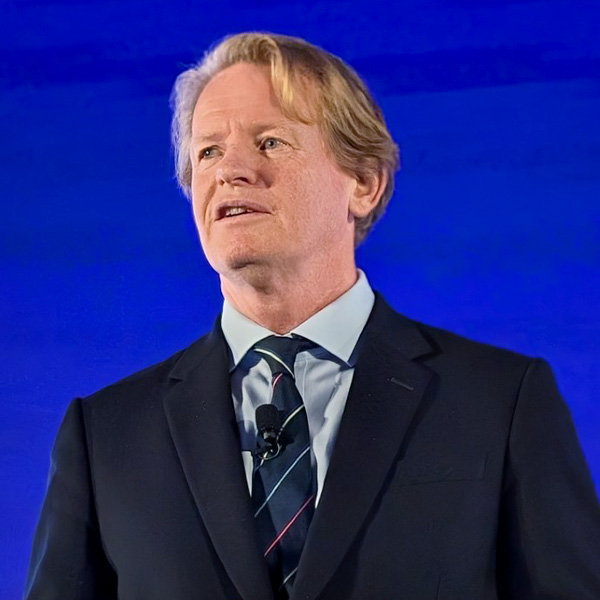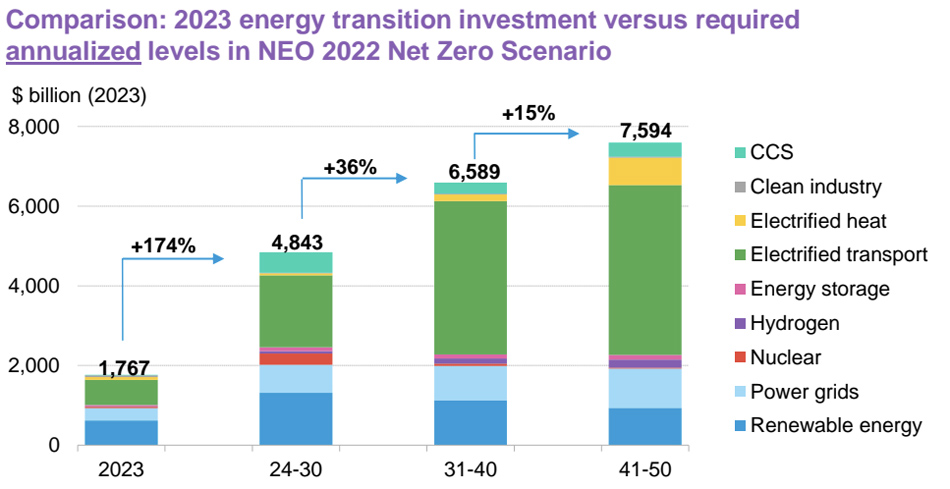Representatives from two groups that blocked past efforts to “regionalize” CAISO predict success for an upcoming campaign to change California law to allow the ISO to participate in the kind of independent RTO envisioned by the West-Wide Governance Pathways Initiative.
The reps from labor and California’s publicly owned utilities shared their views April 19 at a virtual meeting of the initiative’s Launch Committee. The committee discussed its recent straw proposal for a “stepwise” approach to transitioning CAISO’s state-run governance to an independent body. (See Western RTO Group Floats Independence Plan for EDAM, WEIM.)
“Frankly, I wouldn’t be spending this much time if I thought this was going to crash and burn,” committee member Marc Joseph, an attorney who represents the International Brotherhood of Electrical Workers (IBEW), said during the meeting.
Step 1 of the straw proposal entails making the Governing Body of CAISO’s Western Energy Imbalance Market and Extended Day-Ahead Market as independent as possible “within the current CAISO structure in a way that presents little or no” risk to prompting challenges under California law.
Step 2 looks to fulfill the Pathways Initiative’s “primary goal” by “creating a durable governance structure with a fully independent board that has sole authority to determine the market rules for EDAM and WEIM.” A key action is creating a new “regional organization” (RO) separate from CAISO that would become successor to the WEIM/EDAM Governing Body.
That step would require changes to California law, which Joseph is confident will happen next time around.
That confidence stems in part from the fact that the powerful constituency he represents won’t oppose the bill, something Joseph shared in an interview with RTO Insider in January. (See Former Opponents Shift Position on CAISO ‘Regionalization’.)
In the interview, he explained the IBEW opposed the three previous legislative efforts to convert CAISO into a multistate entity because the plans, as proposed, would have expanded the boundaries of the ISO’s balancing authority area. Under California law, that could’ve meant the portion of projects that California’s renewable portfolio standard required to be interconnected directly to the ISO’s BAA could be built outside the state, reducing job opportunities for members.
But the Pathways Initiative plan would allow the ISO to preserve its BAA while still integrating more closely with the rest of the West.
Still, skeptics have continued to express doubts the initiative will produce the kind of California legislation needed to transform the ISO’s governance.
“So many people outside of California asked me, ‘So what’s different this time?’ Or more pointedly they ask, ‘Why should we expect any different result this time?’” Joseph said during the call.
He pointed to the makeup of the effort’s Launch Committee. In addition to Joseph, it includes public power representatives Jim Shetler, general manager of the Balancing Authority of Northern California (BANC), and Randy Howard, GM of the Northern California Power Agency (NCPA) — all of whom are “spending lots and lots of time and effort to craft a proposal that will succeed.”
A “more substantive” reason for Joseph’s confidence is that he sees the Pathways proposal as being “completely and fundamentally different” from past proposals in both “structure and detail.”
Prior proposals would have replaced CAISO’s Board of Governors with an independent body “not connected in any way to the state of California,” he said, providing “absolutely no guarantees” California consumers or policies would be protected.
In contrast, “we will know the details” about the outcome of the Pathways plan, Joseph continued.
“CAISO would remain intact, the CAISO balancing authority area would remain intact, the incentives to create jobs in California would remain intact,” he said. “And the thing that changes is the governance just of the market functions now currently housed within … CAISO, with the door left open for more incremental changes in the future.”
For those reasons, Joseph expects any future bill to alter the ISO’s governance will look much different from the past failed bills.
“Obviously, I can’t speak for the California legislature, but given the fundamental differences in both structure and detail [of Pathways], and the demonstrated benefits for California consumers and for workers … I think there’s every reason to think that the outcome can be different,” he said.
Legislative Approach
NCPA’s Howard said California’s publicly owned utilities opposed previous regionalization efforts for many of the same reasons laid out by Joseph. They’ve altered their stance in part due to their success in participating in CAISO’s Western Energy Imbalance Market, and they want to build on that.
“We like what we see in the [EDAM], but we know overall market conditions have changed dramatically throughout the West in the last couple of years, and we see that change continuing,” Howard said. “And so the do-nothing strategy, or staying as we are today, doesn’t make a lot of sense.”
Howard said the framework in the Pathways proposal resolves many of the issues the public had with earlier attempts to change CAISO governance.
He noted that while the Launch Committee won’t directly lobby California lawmakers, some of its members already are starting to engage with the legislature in their organizational capacities with the aim of moving a bill through the 2025 session.
“There’s already been an effort to get out and have some informational sessions with some key legislative staff [and] walk through what we’ve been working on [and explain] why it is different” from past efforts, Howard said, adding that he saw some of those staff listening in on the call.
Pathways backers will begin meeting with legislators in the fall to discuss the type of legislation needed and “hopefully work on draft language,” Howard said, with the expectation of having a bill submitted into either the California Assembly or Senate at the start of the next session in January.
“I agree with Mark. With the framework that’s here and that we’re proposing, I don’t see … difficulty … in moving this forward. But again, I can’t speak for [legislators]; they will have that opportunity to vote,” he said.
Funding Update
Launch Committee co-Chair Kathleen Staks, executive director of Western Freedom, updated meeting participants on the status of the Pathways Initiative’s financial status after the U.S. Department of Education rejected its January application for $800,000 in grants. (See Pathways Initiative Rejected for $800K in DOE Funding.)
Staks said DOE declined to select the project because the agency lacked details about the scope of the activities to be funded by the grants, which would have consisted of $400,000 annually for two years.
“Back in January, we were still very early in our work, and it was difficult to provide details at that point about the direction and the ultimate structure that we’re still frankly working to develop with input from stakeholders,” she said.
The funding assumptions for Phase 1 of Pathways, expected to conclude this month, did not include the DOE money.
Staks said DOE is putting out another round of funding for wholesale electricity market studies and engagements this spring and the Launch Committee “is evaluating potential proposals for that funding opportunity and how beneficial those funds would actually be.”
“We’re also pursuing other funding opportunities, and we’ll continue to provide information about the budget and the various tasks that we need to be able to fund and how much money and where that money is coming from,” she said.



